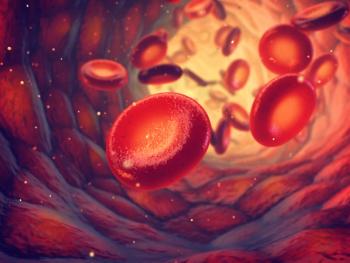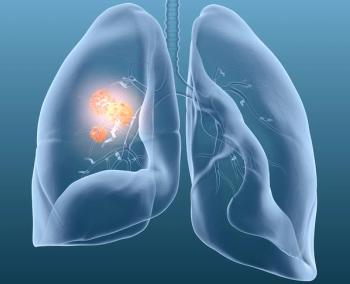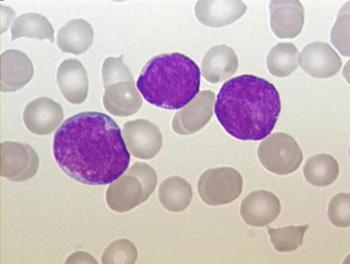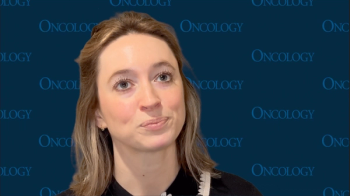
Lenvatinib for Unresectable Liver Cancer Noninferior to Sorafenib
Lenvatinib demonstrated noninferiority to sorafenib with regard to overall survival in patients with previously untreated, unresectable hepatocellular carcinoma.
Lenvatinib demonstrated noninferiority to sorafenib with regard to overall survival (OS) in patients with previously untreated, unresectable hepatocellular carcinoma (HCC), according to results of a new phase III trial (
“HCC is certainly a huge unmet medical need,” said Ann-Lii Cheng, MD, PhD, of National Taiwan University Hospital. “It is the second-leading cause of cancer death worldwide,” he added, and sorafenib has remained the only systemic therapy proven to extend OS.
Cheng presented results of the REFLECT study at the 2017 American Society of Clinical Oncology (ASCO) Annual Meeting in Chicago. The study included 954 patients with unresectable HCC, who had received no prior systemic therapies for the malignancy. They were randomized to receive either lenvatinib (478 patients) or sorafenib (476 patients). Most patients were male (approximately 85%), and most patients had an ECOG performance status of 0.
The study met its prespecified primary endpoint of noninferiority. The median OS with lenvatinib was 13.6 months, compared with 12.3 months with sorafenib, for a hazard ratio (HR) of 0.92 (95% CI, 0.79–1.06).
The median progression-free survival was superior with lenvatinib, at 7.4 months, compared with 3.7 months with sorafenib. This yielded an HR of 0.66 (95% CI, 0.57–0.77; P < .00001). The same was true for time to tumor progression, with a median of 8.9 months with lenvatinib and 3.7 months with sorafenib, for an HR of 0.63 (95% CI, 0.53–0.73; P < .00001). The overall response rate was also better with lenvatinib, at 24.1% compared with 9.2%, for an odds ratio of 3.13 (95% CI, 2.15–4.56; P < .00001).
The median duration of treatment was 5.7 months with lenvatinib, and 3.7 months with sorafenib. Almost all patients in both groups (99% in both) experienced at least one treatment-emergent adverse event (TEAE). In the lenvatinib group, 18% had a treatment-related serious TEAE, compared with 10% in the sorafenib group. Similar numbers of patients required dose reductions related to TEAEs (37% lenvatinib, 38% sorafenib), dose reductions or interruptions due to related TEAEs (53% and 50%, respectively), and dose discontinuations due to related TEAEs (9% and 7%, respectively).
Grade 3/4 hypertension was more common with lenvatinib, while grade 3/4 palmar-plantar erythrodysesthesia occurred more frequently with sorafenib.
“Lenvatinib has demonstrated noninferiority vs sorafenib in OS in patients with unresectable HCC,” Cheng concluded. “Based on these results, lenvatinib may be a potential treatment option in patients with advanced HCC.”
Robin K. Kelley, MD, of the University of California, San Francisco, was the discussant for the session, and she noted that the significant improvement in the secondary endpoints such as progression-free survival and time to tumor progression should be interpreted with caution, given the open-label design and local review. “Historically, these surrogate endpoints have been imperfect predictors of OS in HCC,” she said, adding that additional safety analyses comparing the drugs are warranted given these results.
Kelley also noted that the noninferiority achieved in this study may not necessarily be sufficient for widespread adoption of lenvatinib, without additional evidence that the drug is substantially less toxic, less costly, or easier to administer.
Newsletter
Stay up to date on recent advances in the multidisciplinary approach to cancer.

















































































